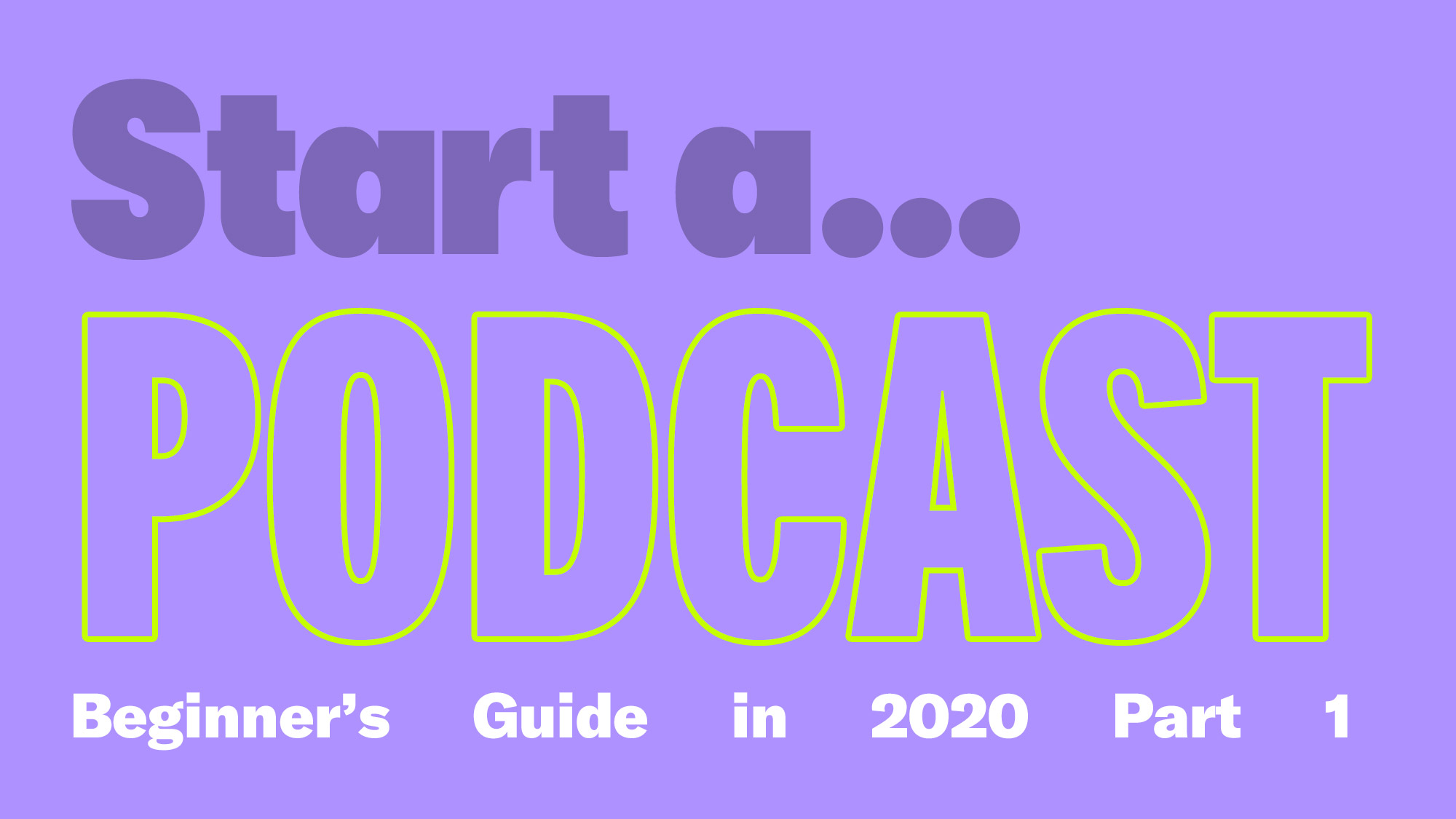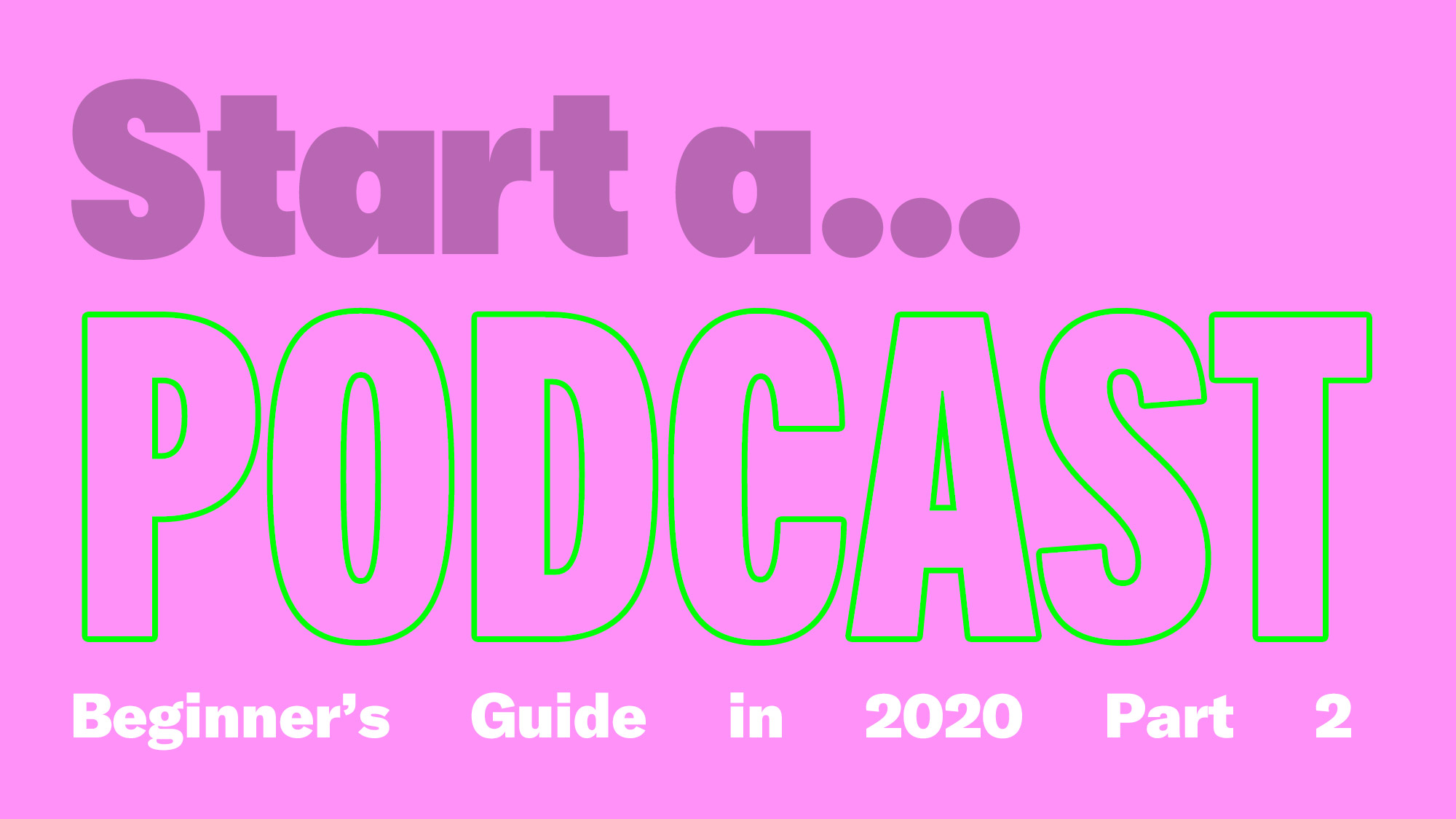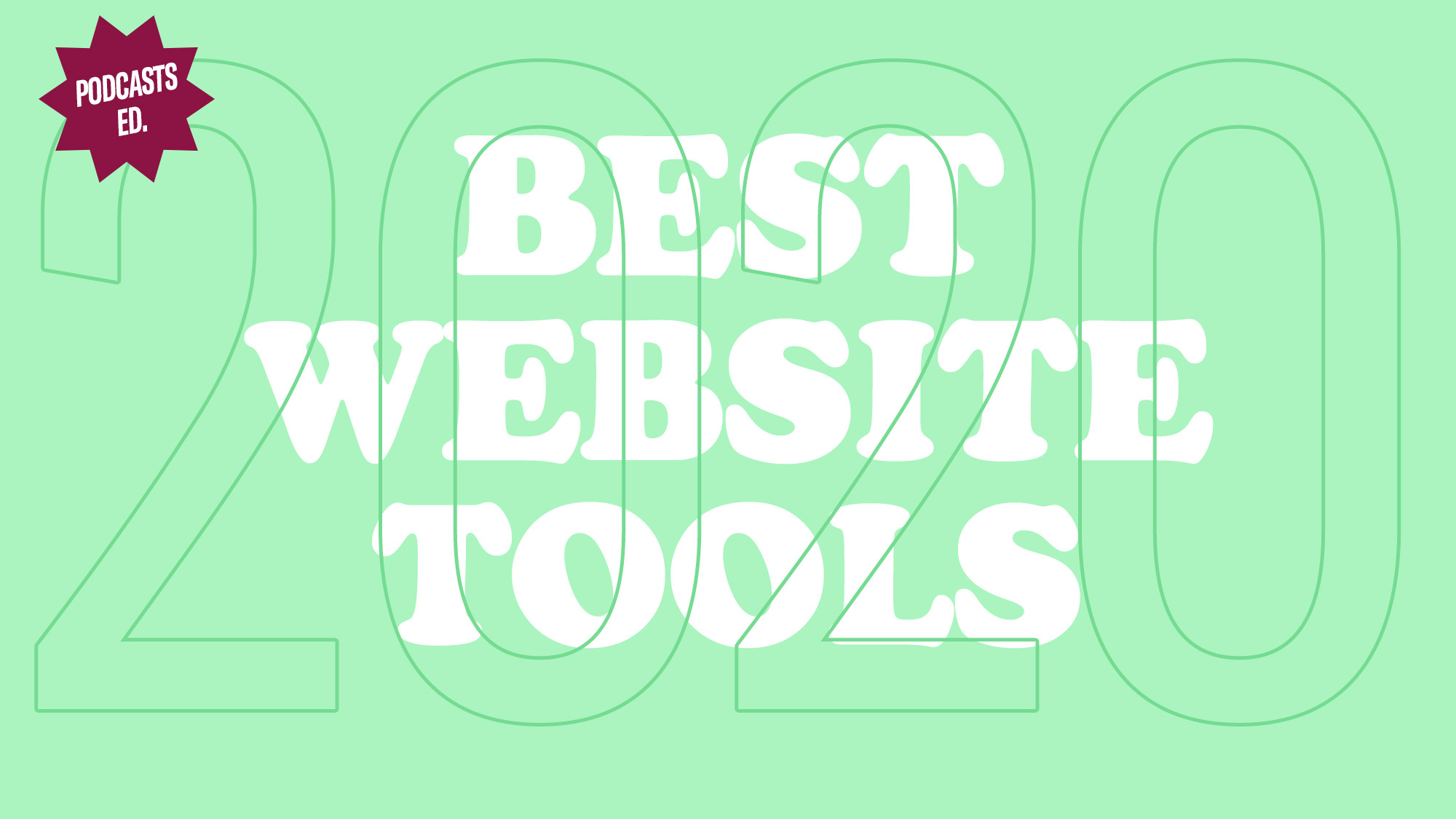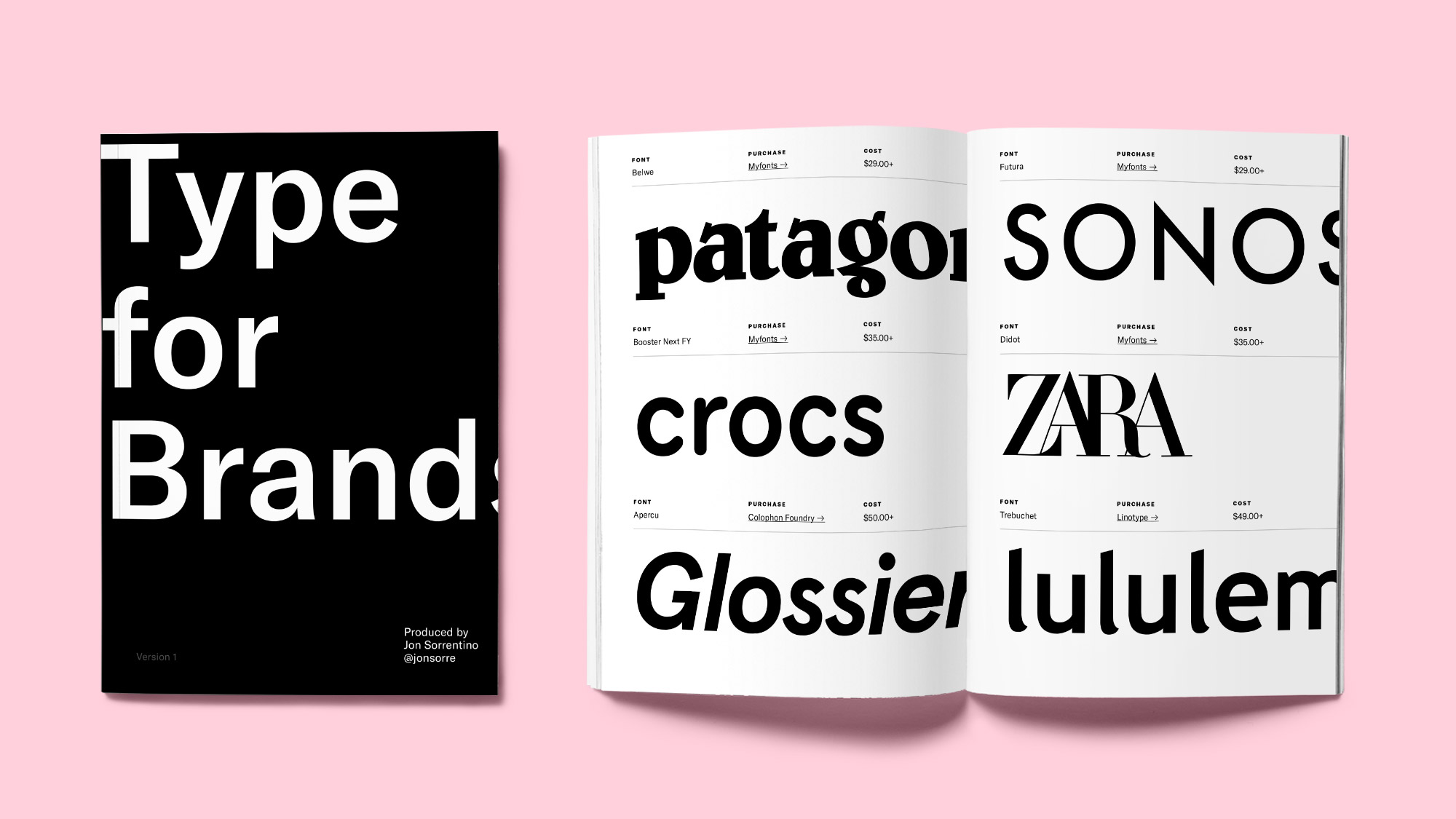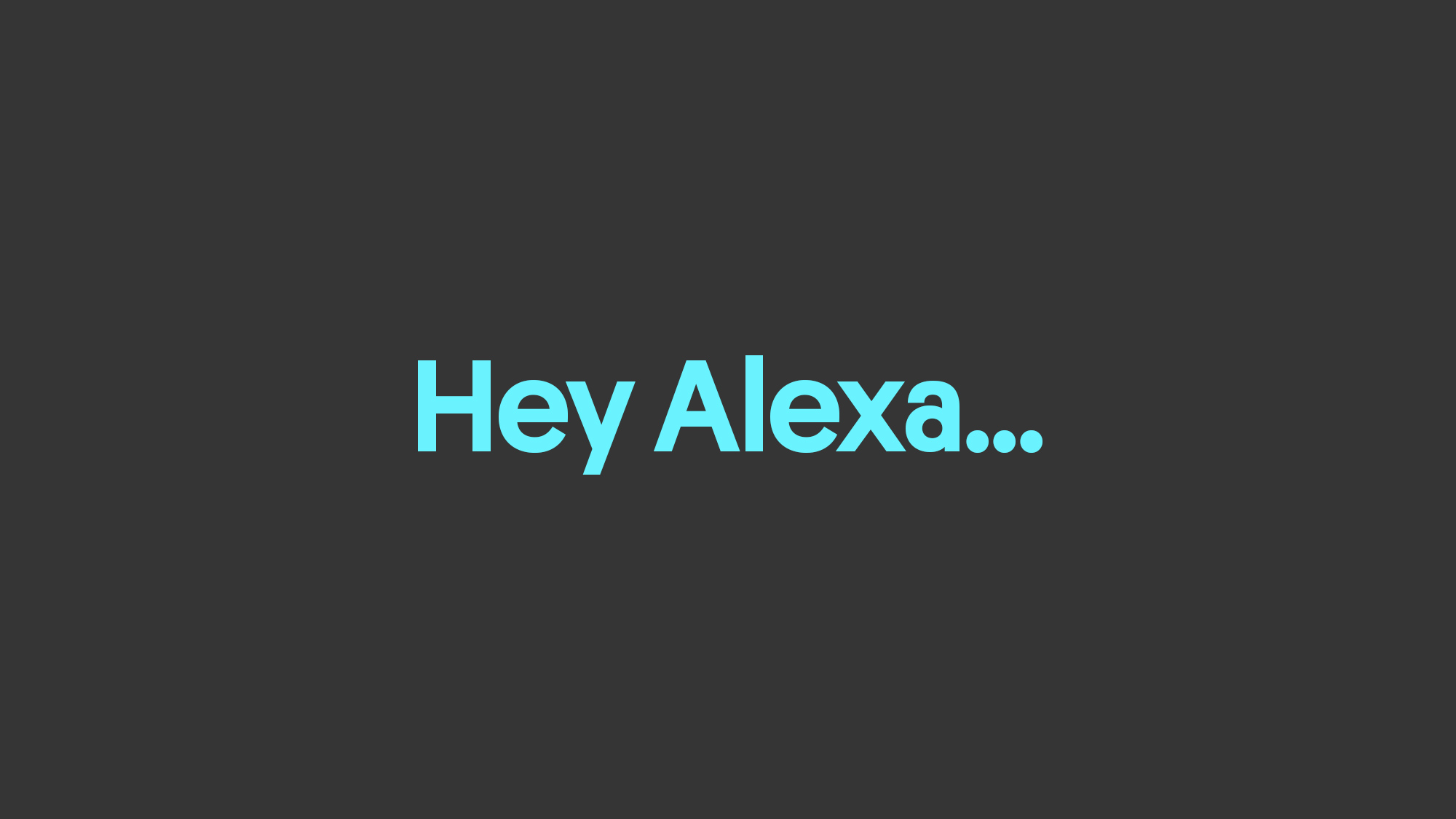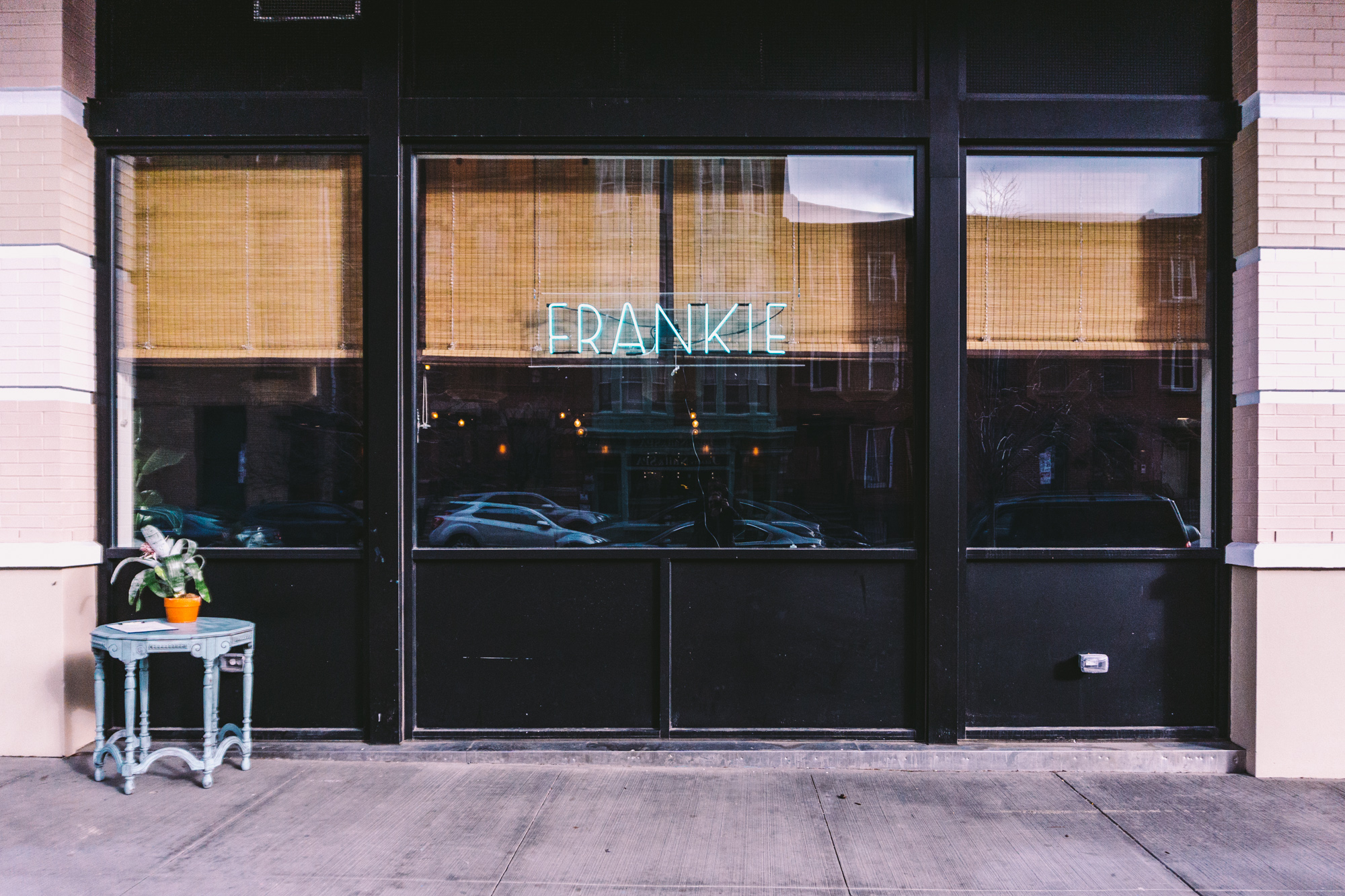Make sure to also read:
How To Start a Podcast as A Beginner Part 2
How To Start A Podcast
Where to start can always be difficult and it can be very overwhelming when thinking about starting a podcast as a beginner. It is no secret that there are millions of podcasts currently published every day but there is nothing stopping you from standing out in the big pond full of podcast fish. One of the first things I recommend when starting a podcast as a beginner is to think of what gets you excited. Publishing a podcast can sometimes be very laborious but if you're creating a podcast around something that gets you excited it will be a lot easier to continue and be consistent.
For me that something or subject that gets me excited every day to work on my podcast is being creative and designing things that people can enjoy. By no means does this make me unique. I think the problem that some people face, is that they think they have to be the most unique or the most innovative podcast in order to produce one. I would strongly disagree with this. I think the beauty of producing a podcast is that your personality and voice is what makes you unique.
Developing Your Podcast Idea
The next step in starting a podcast as a beginner will be to develop your idea further. Now this can sound a little vague but it is not just good enough to grab a mic and start recording yourself. As with a lot of content out on the internet, the most popular or top performing do well because they answer questions and provide solutions to everyday problems that people may have.
This was very much the case for why I started my own podcast with Wellfed. I wanted to branch out and begin to learn how to develop my career further as as a designer in the creative industry. Knowing that this was a problem for myself and also my friends around me and similar jobs I thought this was a good reason to start a podcast. Once I had this main idea down on paper it provided me with a north star to develop steps to fulfilling this goal. I cover more on those steps in part 2 of how to start your own podcast.
Coming Up With A Name For Your Podcast
After you further develop your idea for the podcast this might be a good time to come up with a name for your podcast. Part of me can't help but think that the name is very important when it comes to starting your own podcast. Here are some quick tips to keep in mind when coming up with your name for your podcast (remember do as I say not as I do).
- Your podcast name should be immediately understandable. People should read the title and understand what the show is about.
- It should be fairly short. Think no more than three to four words.
- It should be recognizable. Think easy to remember and recall.
For me coming up with the name Wellfed was pretty straightforward. The podcast originally started as a side project in my kitchen. At the time and still very much today I am obsessed with food. I wanted to speak with and learn from my creative heroes in the industry that I admired which ultimately would feed my creativity and continue to inspire me to grow as a designer. Now by no means do I think Wellfed is the best name and that's fine. If anything it means I have a little bit more work to do to explain to people what my podcast is about.
Make sure you checkout How To Start A Podcast As A Beginner Part 2 if you are interested in starting your own podcast!
Also feel free to signup for my mailing list and I'll send you other updates just like this!
